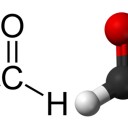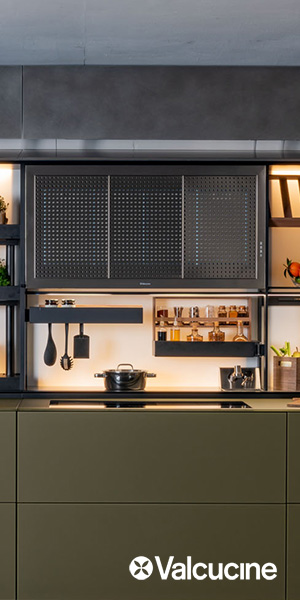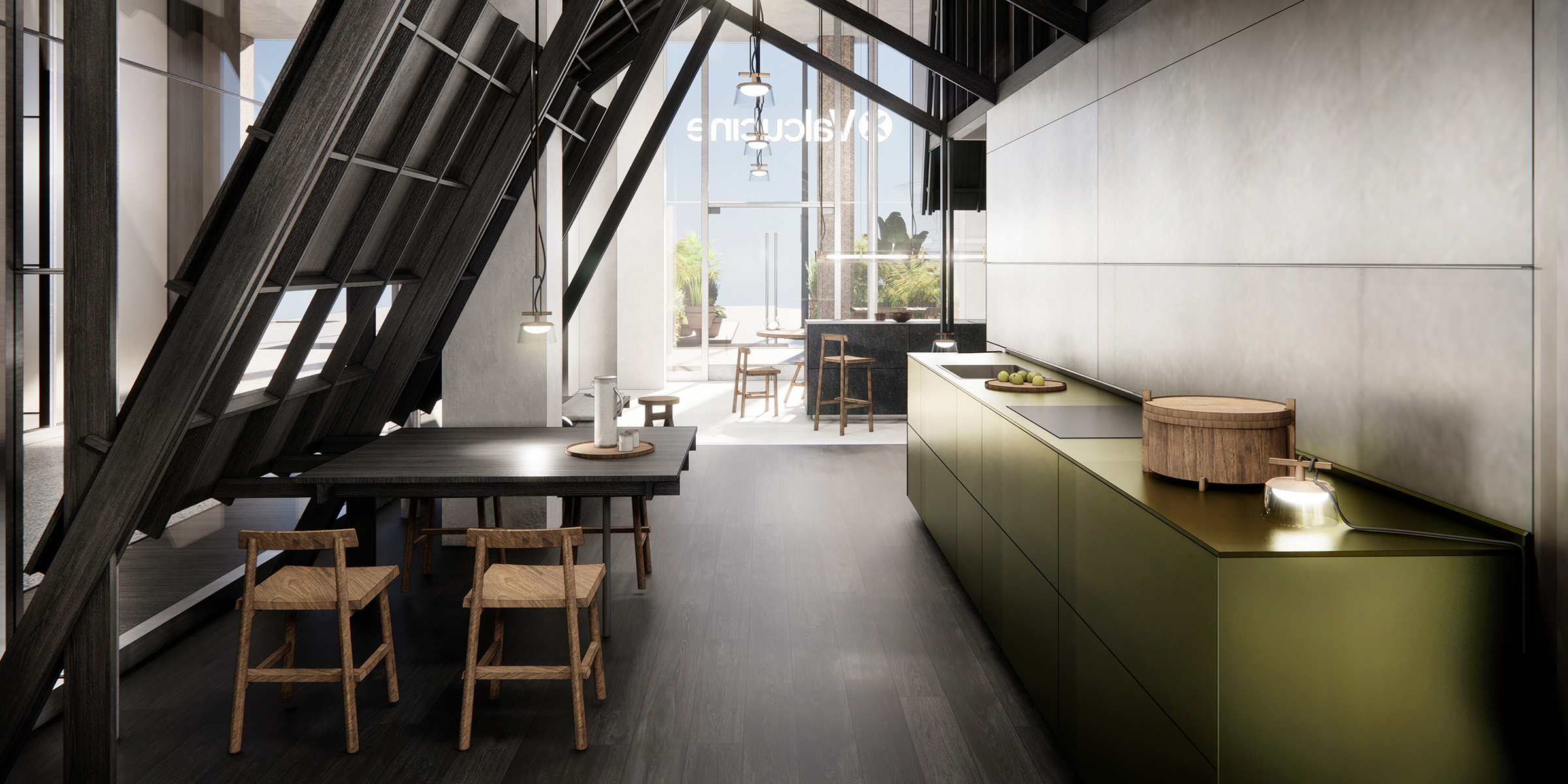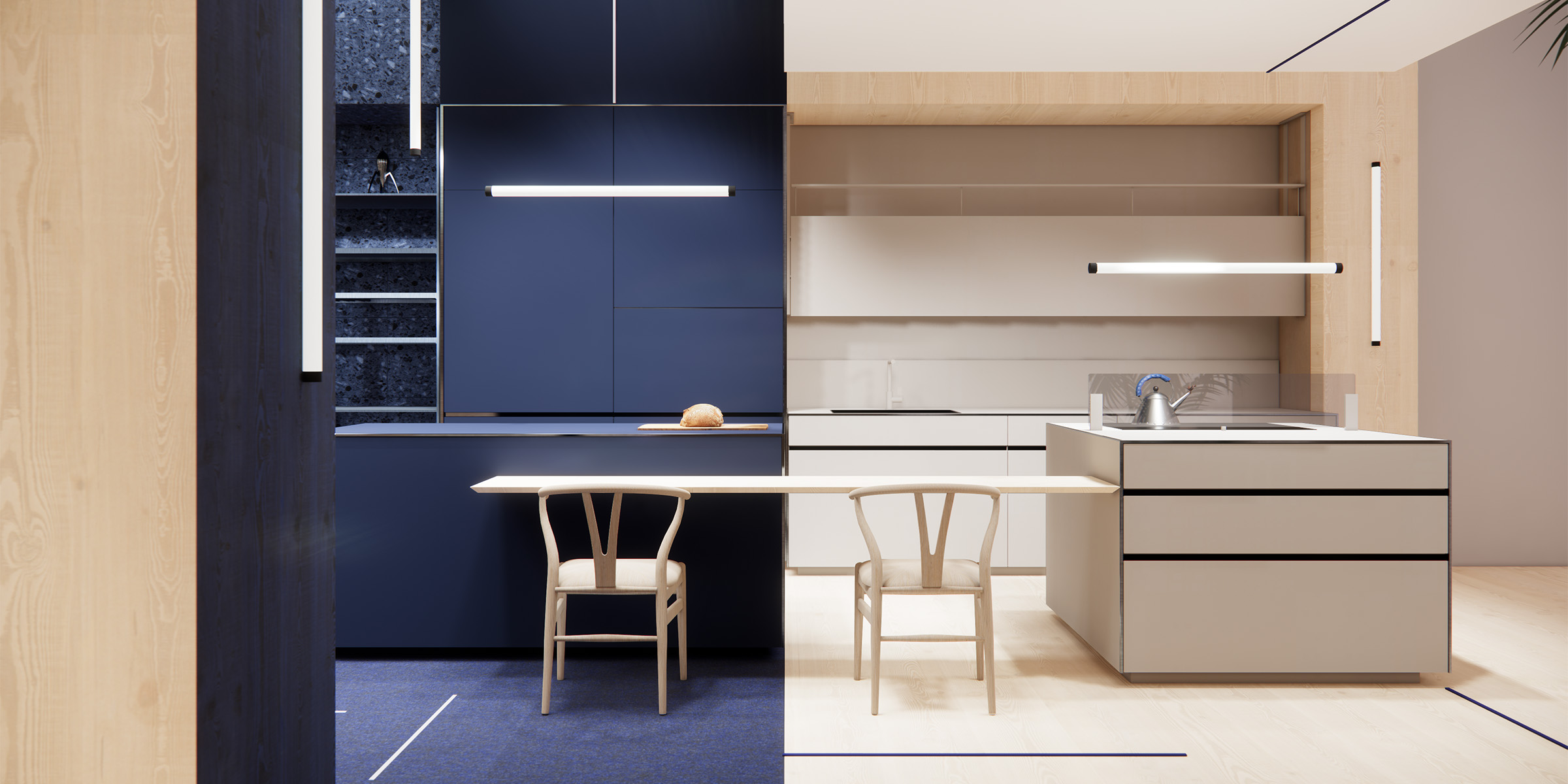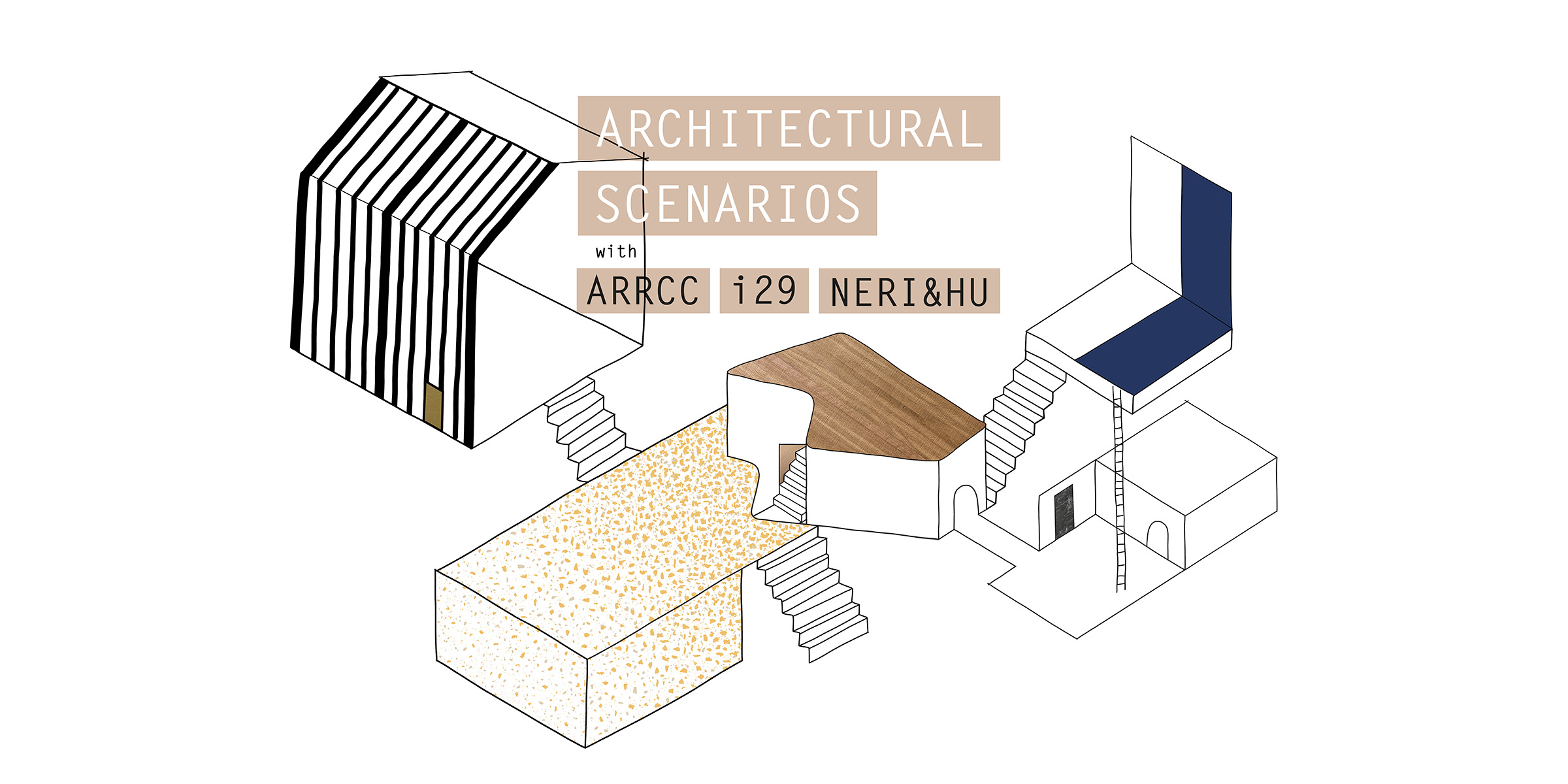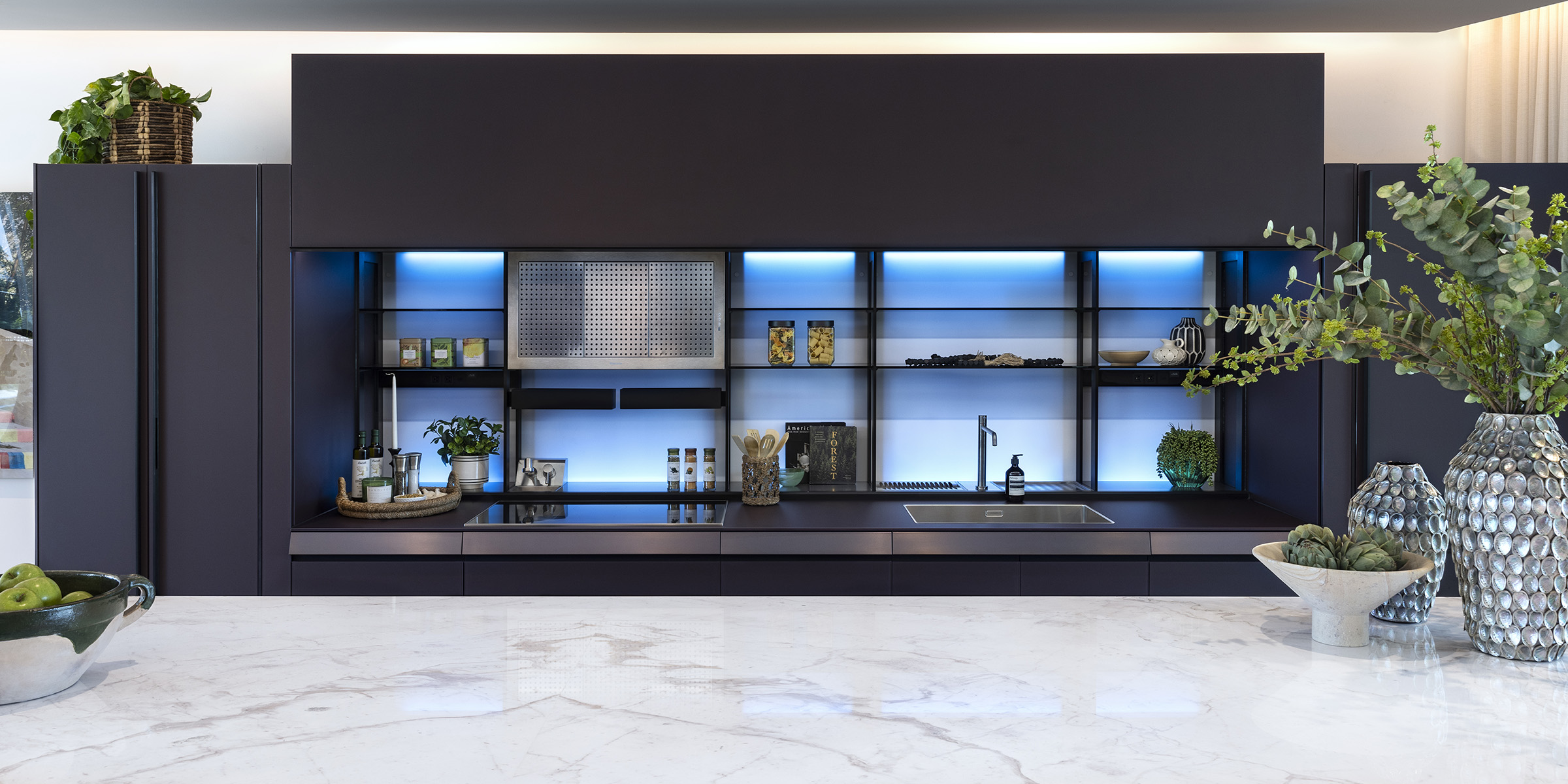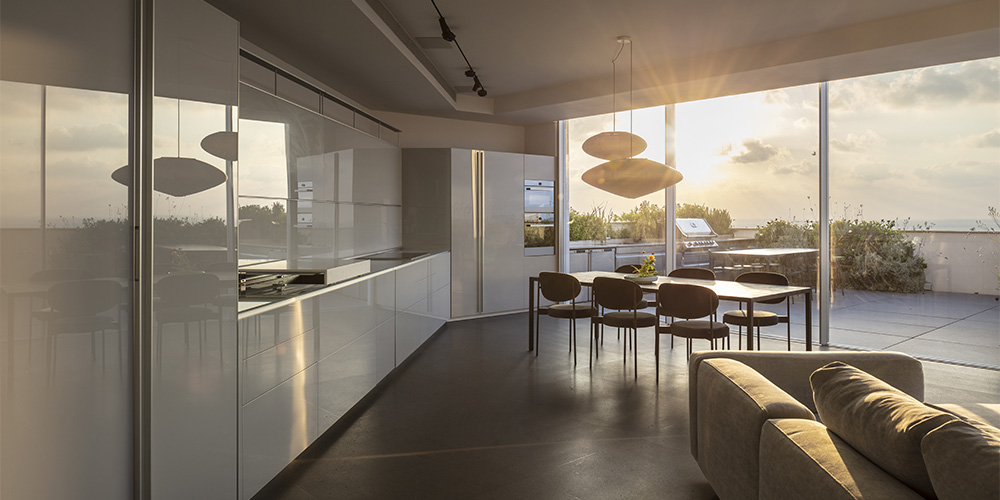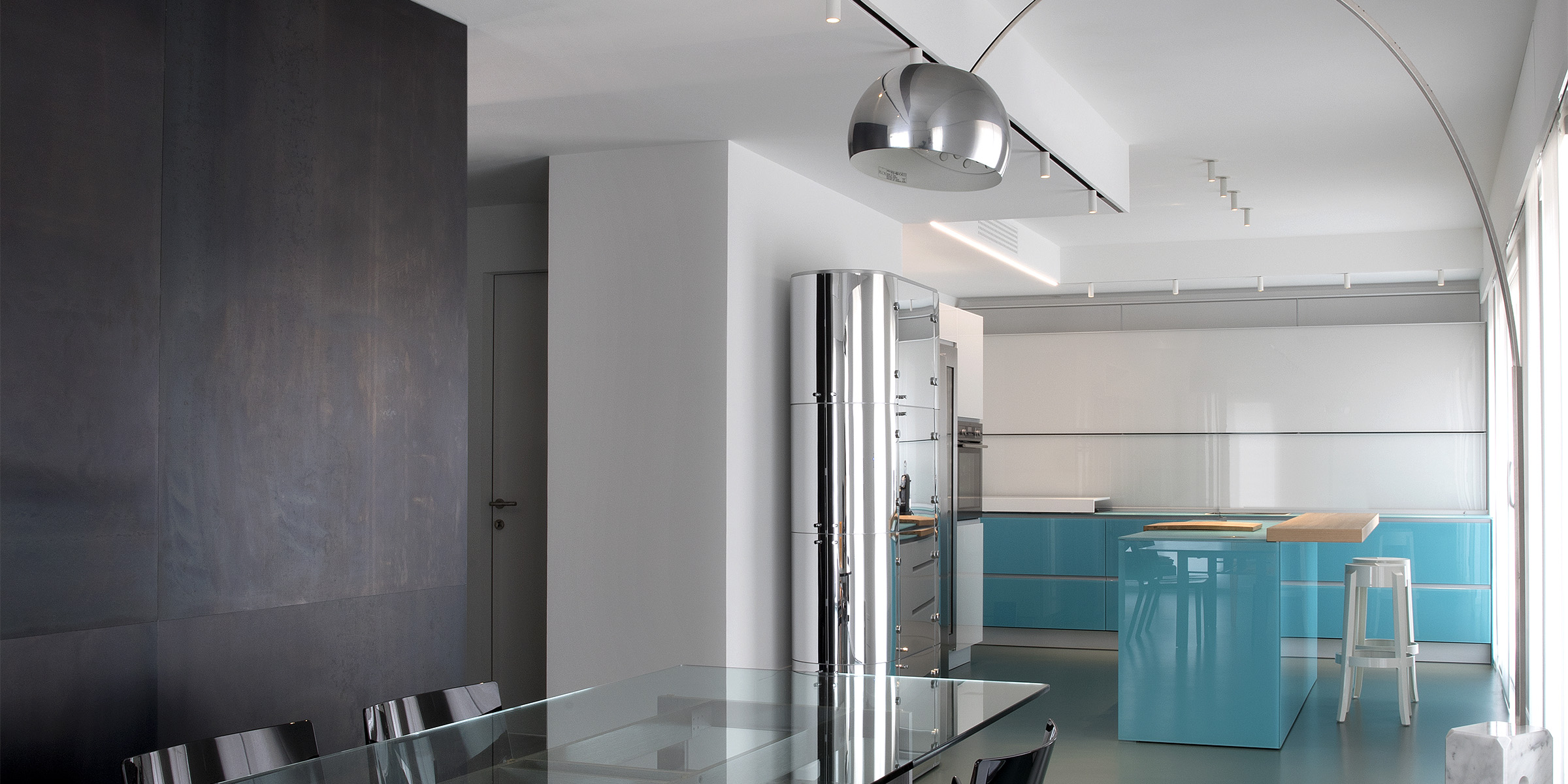Formaldehyde: a dangerous gas for human health
Formaldehyde, a colorless gas with the formula CH2O, is commonly known as dangerous for human health. Important precursor to many other chemical compounds, especially for polymers, formaldehyde is more complicated than many simple carbon compounds because it adopts different forms: it is a gas at room temperature, but the gas readily converts to a variety of derivatives, which are often used in industry in place of the gas.
In 2005, annual world production of formaldehyde was estimated to be 23 million tonnes. Commercial solutions of formaldehyde in water, commonly called formalin, were formerly used as disinfectants and for preservation of biological specimens. In view of its widespread use, toxicity and volatility, exposure to formaldehyde is a significant consideration for human health.
According to the National Institutes of Health the strong-smelling chemical formaldehyde causes cancer as people with higher measures of exposure to formaldehyde are at increased risk for certain types of rare cancers, including those affecting the upper part of the throat behind the nose. The 11th Report on Carcinogens classifies it as “reasonably anticipated to be a human carcinogen” and reported US production at 11.3 billion pounds in 1998. International production was over 46 billion pounds in 2004, according to the International Agency for Research on Cancer (IARC).
Formaldehyde is widely used to make resins for household items, including paper product coatings, plastics and textile finishes. It also is commonly used as a preservative in medical laboratories, mortuaries and consumer products including some hair straightening products. Its primary use is in the production of resins and as a chemical intermediate. Urea-formaldehyde (UF) and phenol formaldehyde (PF) resins are used in foam insulations, as adhesives in the production of particle board and plywood, and in the treating of textiles.
Exposures to formaldehyde are addressed in specific standards for the general, maritime, and construction industries. Concerning design and furniture manufacture sector, many wood products, especially the pressed one, off gas formaldehyde and other volatile organic chemicals (VOCs), as well as paints, finishes and adhesives on cabinets and floors. When windows are closed, chemicals concentrate inside the home. Formaldehyde reaches concentrations many times the outside air, especially in newer well-insulated homes. Its concentration in older homes is generally well below 0.1 ppm, which is the level where people start to experience irritation. However, new homes or recently remodeled homes can have more than 0.3 ppm of formaldehyde. Carcinogens do not always cause cancer; that depends on length and type of exposure and a person's genetic makeup. The American Cancer Society estimates that only about 6 percent of cancers are related to environmental causes and most of that is on-the-job occupational exposure.
However, it is important to be aware that there are several ways to prevent formaldehyde's dangerous effects on man:
– Open windows whenever possible.New wood products and finishes will off gas more formaldehyde during the first year. After a few years, they no longer release substantial formaldehyde.
– Avoid using air fresheners. Use cleaning products sparingly, especially on high-ozone days, and open windows after cleaning. Terpenes (found in pine and citrus-scented products) react with ozone to produce formaldehyde.
– Never use “air purifiers” that produce ozone.Ozone generated by these machine reacts with terpenes, producing formaldehyde. Ozone is also an irritant by itself. Home test kits with dosimeter tubes are easy to use and much less expensive than professional testing.
– Measure formaldehyde over the seasons and after using cleaning products.
– Ventilate the house to keep formaldehyde below 0.1 ppm.
Also the air we breathe in our kitchen can become polluted by the toxic emissions, such as formaldehyde, from the stains and glues used to make furniture. At Valcucine, we constantly do sample testing to make sure that our kitchen cabinet components do not release volatile substances into the air that can damage your health. We also check to be sure that our products are not contaminated with artificial radioactivity, respecting most restrictive standards of formaldehyde emissions. Chipboard panels contain ureic glue, a substance that emits formaldehyde continuously for years. Even though it is now known to be carcinogenic. Regardless of the fact that Italy and many other countries set no standards for levels of formaldehyde emissions, Valcucine builds there products to meet stringent Japanes standards for emissions called F****(4 stars). Invitrum base units are completely free.
Sources and useful links:
NIH: http://ntp.niehs.nih.gov/go/roc12
http://us.rd.yahoo.com/dailynews/rss/cancer/*http%3A//news.yahoo.com/s/ap/20110611/ap_on_sc/us_cancer_chemicals
LATEST POSTS


